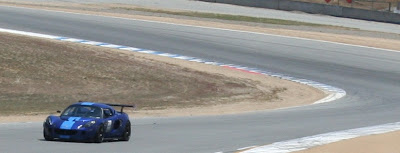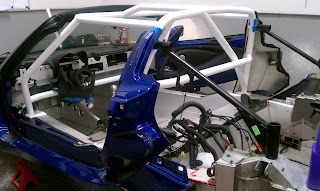Oil starvation is one of the
track related issues that must be managed in the 2ZZGE (or any engine) because of the g forces that can be generated by a Lotus. Achieving 1.2+gs is quite common with R-compound shod Lotus. For most racers and trackday folks, our
gPAN remains an excellent solution with great
results. The gPAN has proven itself in HPDE, SCCA and LCS racing around the US as well as Japan and Europe. But there are a few Lotus that are pulling even higher g-loads thanks to bigger aero loads and stickier rubber. These folks can benefit from a dry sump(Wikipedia explanation:
HERE). More and more clients around the world are racing their Lotus and need better oil control to protect their engines and insure they finish their race!

Four years ago I called one of the best manufacturers of dry sump pumps and pans -
Dailey Engineering to develop a solution for us. Bill Dailey is a world recognized engineer in this field and (lucky for us) is located right here in town. Bill and I scrutinized our Exige and quickly concluded that it would be very difficult to incorporate a dry sump into a street friendly Lotus because of the oil tank requirements. At the time, not enough Lotus were race-only, so we decided to put the project on hold. Last year we decided to reapproach the project with the intent of focusing on a race only system. Nitron had begun working on a solution that we considered, but we then abandoned it because of certain constraints. Late last year, I called Bill Dailey again for his help and recruited a much smarter engineer than I (
Ryan from Secant ) to develop our kit. Ryan's powertrain expertise and contacts in the OE world proved to be invaluable for this effort.

One of the biggest challenges to sorting this system remained the oil tank. The tank must have plenty of capacity and be designed in a manner that the oil feed does not starve during high g-load conditions. The available space in the Lotus is extremely tight so this became a huge undertaking. Ryan landed on a tank concept that is quite novel and would fulfill these needs. We are locating this tank in the engine bay right behind the passenger seat. Several other locations were considered but none filled the needs as well as the spot we landed on.
Bill worked within the space available and redesigned a 2ZZGE pan/pump (see top image) that he had previously designed for a drag application. We met several times to discuss the system, take measurements from our mock-up engine and sort out details. More phone calls, emails and visits followed. We fabbed up some brackets and tanks to confirm some ideas. Naturally a couple of important mtgs were also held at our favorite Thursday evening
watering hole to debate certain issues with the system.
We are dry fitting our dry sump system this week in our car. The orientation of the fittings and lines and other details is critical to sorting a complete solution. Clearly, the devil-in-in-the-details!
The Blue Car will be the test mule for this system. We will run the car on track this week and confirm the AiM based data logging system along with our new Fuel cell, oil cooler lines, Dogbox from Jubu, and possibly our new race wheels.
One of the benefits of a dry sump system is a slight gain in power. To insure we measure this difference, we want to base line the car without the kit first. We should have the system in the car and running in late May or early June.























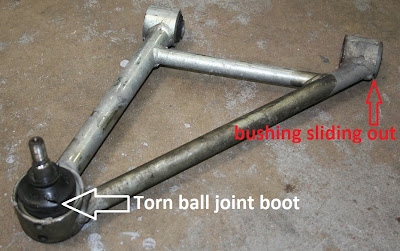

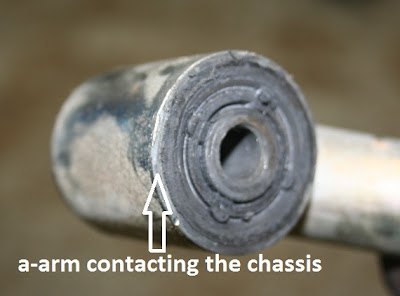




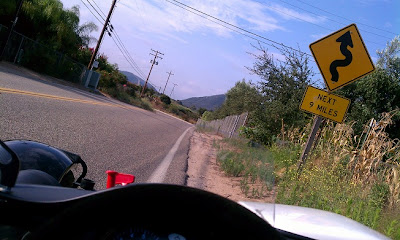



 30minutes and check for leaks
30minutes and check for leaks


